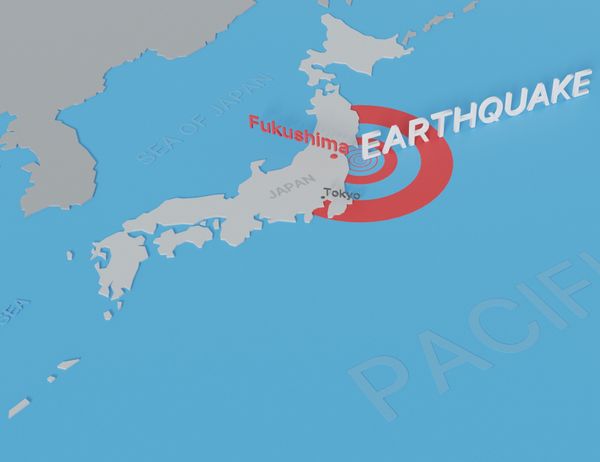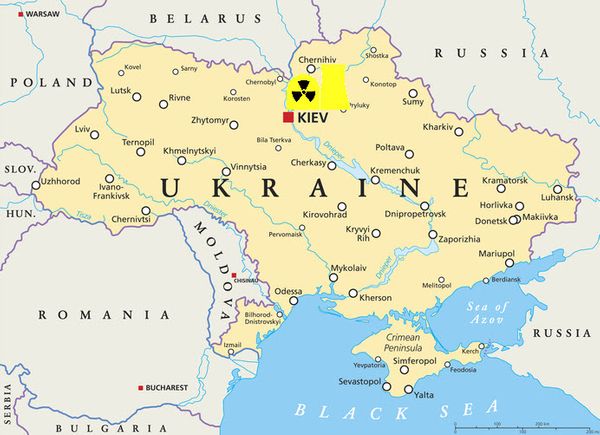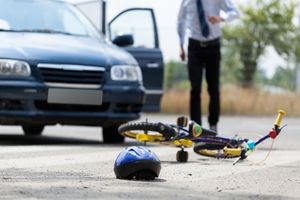Accident Prevention

Fukushima Nuclear Power Plant Disaster
Occurrences of accidents can take place at any moment and in any location, and it is incumbent upon us to recognize and curtail such hazards to our clients. These incidents may take place at home, while travelling, on the job, or while on the road. Regrettably, many such accidents lead to severe injuries, fatalities, financial ruin, and expensive legal entanglements. It is therefore critical to undertake measures to identify and prevent accidents from causing harm to individuals, resources, and the financial bottom line.
A compelling example of this is the location selection for nuclear reactors or nuclear waste storage. In 2011, the Fukushima Daiichi Nuclear Power Plant in Okuma, Fukushima, Japan was struck by a natural disaster that resulted in a nuclear meltdown and the subsequent leakage of toxic substances into the environment. The accident was triggered by an earthquake in Tohoku and the resulting tsunami. The disaster could have been averted by simply refraining from constructing a nuclear facility on or near a fault line. Additionally, the presence of the fault line heightened the risk of a tsunami in the event of an earthquake in the area. To this day, nuclear waste continues to leak into the ocean, polluting the aquatic environment.

Chernobyl Nuclear Power Plant Disaster
One of the most effective ways to prevent accidents is to be cognizant of potential hazards. This necessitates being aware of one's surroundings and identifying any possible dangers that may exist. For instance, when operating machinery, it is vital to ensure that one is properly trained and that the appropriate safety gear is worn. When safeguarding an energy plant, one should be alert to a culture of destruction, unsatisfactory policies and procedures, and a lack of emergency training and resources. In the case of the Chernobyl Nuclear Power Plant Disaster of 1986, the result was a reactor meltdown that claimed the lives of several facility personnel and cost at least $70 billion for the initial cleanup. Chernobyl's strategic location close to Ukraine's wheat fields raised the risk of nuclear material being absorbed into the harvested wheat, thereby increasing the cancer risk to the European population.
In conclusion, accident prevention necessitates a strategy that incorporates mathematical modeling, education, maintenance, a risk-averse culture, and self-awareness. By taking a proactive approach to identifying potential hazards and remaining up-to-date on safe practices, we can assist in preventing accidents and keeping ourselves and others safe.

